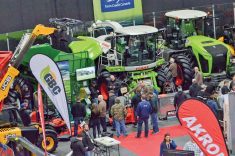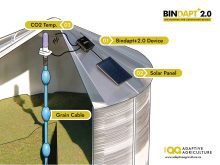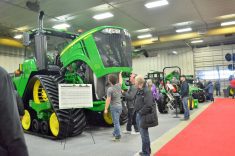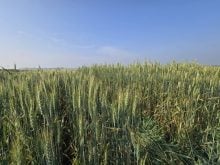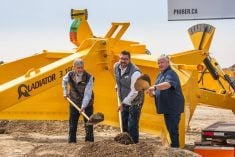Climate Corporation argues that every spray droplet should land where it’s going to do the farmer the most good, and it says new features of its Climate FieldView management system are letting producers do exactly that.
The company has launched a new tool within the web-based field management system; one that allows the producer to create customized variable-rate prescription maps for fungicides, herbicides and insecticides. Prescriptions can then be uploaded to the sprayer via USB.
“Regardless of product, the farmer can create special management zones within each field and assign product rates to each region, while following label directions,” the company said in a release earlier this summer.
Read Also
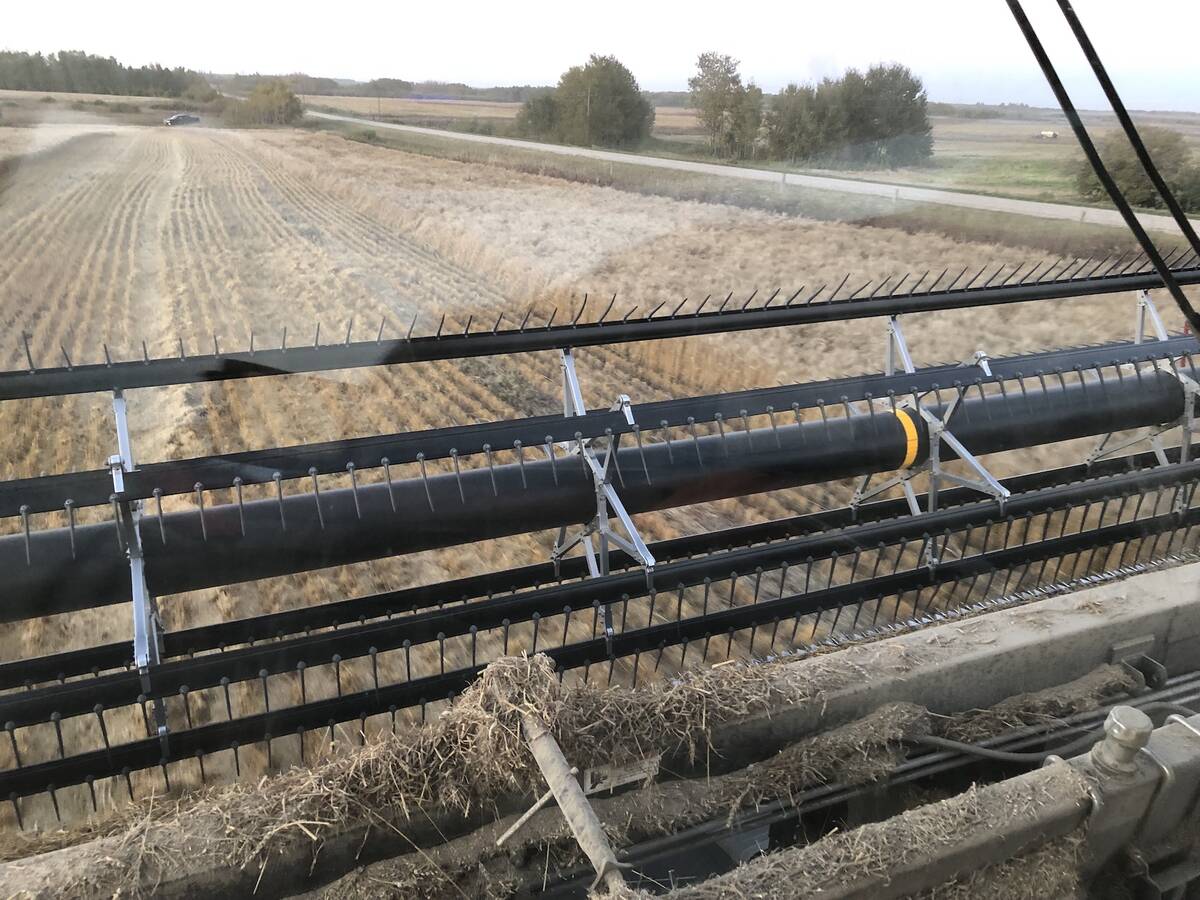
The poetic epic of Manitoba farming 2025
Former Manitoba Co-operator editor John Morriss returns for his yearly poetic sum up of the farming year and look ahead into 2026.
Why it matters: Climate FieldView is among the digital agriculture products trying to eke out more efficiency from spray passes, and that includes identifying the parts of the field where it doesn’t pay to apply.
Marvin Talsma, field product specialist with Climate Corporation, said the tool expands FieldView’s prescription maps from seeding and fertilizer to now include crop protection products.
“In my experience as an agronomist prior to joining FieldView, that’s one of the challenges that we had when trying to manage crops in the field,” he said. “Not every area needed the same amount of fertilizer or needed to have a fungicide or a herbicide potentially applied to it, so how do we manage that? How can we use our resources more effectively and get that farmer more return at the end of the season?”
Data collected from FieldView, such as yield, seeding or input use over zones, can then be shared with a farmer’s agronomist or other consultants.
The tool’s premise is not unique in the world of digital field management. Xarvio Digital Farming Solutions, for example, makes an almost identical marketing pitch for its Field Manager, which also promises to stretch inputs and increase efficiency by identifying zones that don’t make economical sense to spray.
Also similar to those products, Climate Corporation promises that the producer will be able to track inputs according to zone through Climate FieldView, incorporate drone imagery and overlay multiple data layers.
The manual feature, however, puts more control in the hands of the farmer, Talsma argues. Users have the option of uploading files to create the prescription, or to actually draw their own zones using soil maps, yield maps or other data layers as reference.
Users can track, “all the activities that farmers have in their field,” Talsma said.
A producer using the service could expect to track seeding, fertilizer, historical trends and yields through different zones over years.
“This allows a farmer on his or her own, to create these zones on his or her own as opposed to possibly someone creating them for them,” Talsma said. “Farmers have the most knowledge and insight on the fields or the farms that they’re working with, so let’s give them the tool.”
The system is compatible with a “large” number of equipment brands, he also noted.
“I’m not going to say that we have them all, but we have the major monitors — Raven, Ag Leader, Case, John Deere,” he said.
The launch had not garnered a “huge amount of interest,” from farmers in the first few weeks of its release, according to Talsma, although he expects producers will be mulling over if or how such a tool could integrate with their farms.
“We may be talking about fungicides in canola to identify areas that are at higher risk versus lower risk based on biomass, but what about a corn crop that we’re targeting tassel timing and my field is uneven and I need to target that. Is there a way I can create those zones and identify those areas maybe based on a soil map or something?” he said.
“As farmers are introduced to these ideas and these new features and functions, they’re very creative and they’re very innovative in coming up with potential use cases,” he added.




